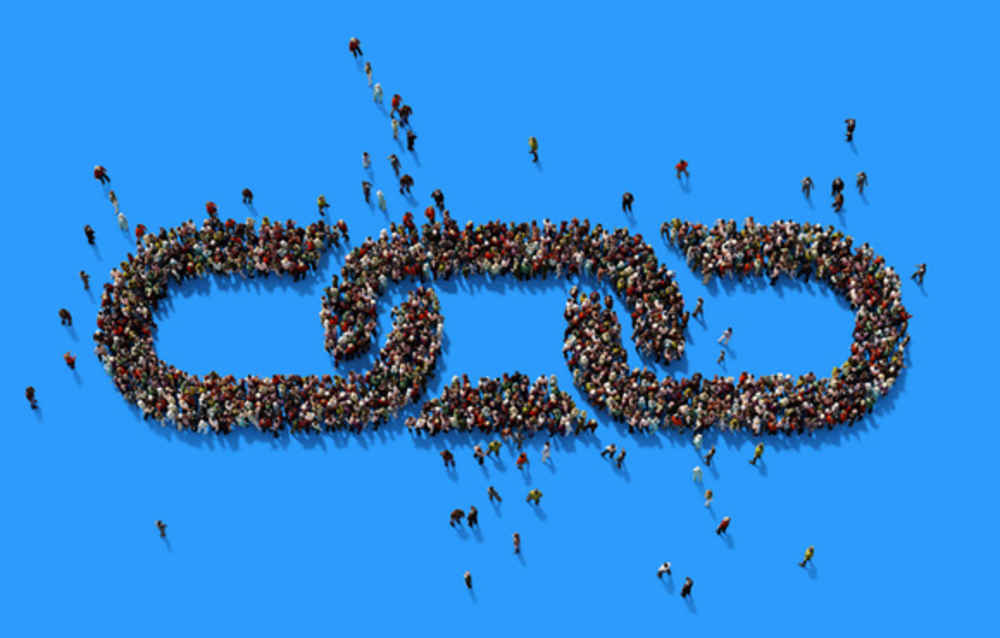Over thirty years ago, our founder Tony Mikes started Second Wind with the goal of helping small ad agency owners gain valuable skills to help them succeed and grow their businesses. But before Second Wind, Tony was a small agency owner, living the same dilemmas, challenges and frustrations.
Tony was happiest as a creative guy—but he had other skills that may have been far more valuable. He was a super-connector, one of those rare people who combined a genuine interest in the people he met with a gift for staying connected for extended periods, often to the benefit or his and his clients’ businesses.
Tony’s skill at building relationships arose from caring enough to learn about people, not just their business needs. He was genuinely interested, not because he might gain a project or assignment, but because he cared about the people he worked with. That is the route to great agency-client relationships. In that space between business acquaintances and friends, a great AE or agency principal can build relationships that extend beyond daily business demands. Following are thoughts on how your agency can develop these deeper interpersonal relationships.
Align all touch points. Examine every point of contact with a client or prospect and make sure the agency brand is consistent, and the messaging is client-focused. Email signatures, how you answer the phone, your website landing pages, branding on reports and proposals, etc., all have an impact on clients’ perceptions of who you are—and how much they want to spend time with you.
Have an onboarding process. Make sure your client onboarding process is aimed at engaging and welcoming, and is not the beginning of the relationship’s degradation.
Communicate! Mail personal notes, thank you cards and birthday cards to clients. Share articles of interest. Ask for feedback on projects, and perform an annual satisfaction survey. What do you do that they appreciate? Where could you do better?
Use visual communication. Face to face (via Zoom or in-person with proper social distancing) is always better than email or the phone for any important discussions. Face time is essential to strengthen emotional connections, especially between account service and clients, and between agency principals and clients’ top leaders. And showing is often better than telling, in selling ideas and in demonstrating value. Use videos, mood boards, visual note-taking and other tools to engage and excite.
Look for opportunities to surprise clients. How can you bring “Wow!” into the relationship? If they call you in an emergency, be ready to rescue them. Attend client trade events. Learn their business and industry. Share news and competitive insights. Recommend service providers, and send clients business referrals.
Make sure everyone at the agency understands how important relationships are. You aren’t there solely to produce great work, but to make clients happier than any other agency partner has ever done. A receptionist who is good at recognizing voices and can schmooze with your best clients can make them feel special every time they call you. Agency people should be responsive and well-informed about all clients. Every time they contact your agency, your interaction should make them feel special.
Reveal your craft. Educate clients in how you work—and why what you do is so valuable. [The Power of Why] Explain your process. Ask clients to sit in on editing sessions, attend photo shoots to meet your photographer, or join you for a press proof. Involve creative staff in meetings, share video of a brainstorming session and conduct lunch-and-learn symposiums. Make schedules transparent to let clients see projects’ forward progress. The more you share what you can do for clients, the more they will appreciate the results.
Balance Passion with Respect. Creative people can be a arrogant about their ideas—and overestimate how important their ideas are to the client’s business. Clients have a dozen balls in the air, of which marketing is just one. An agency’s job is to deliver value, not annoy the client with too much focus on creative brilliance. Respect the client’s time and their knowledge of their own business, and look for ways to bring great ideas that deliver results.
Bring positive energy to client interactions. Invite them to a virtual happy hour with agency staff. Join them in a cause-related charitable effort. Always ask, “How can we help?” Bring them good news, not just problems or issues to be sorted out. Be people the client will be glad to see coming in the door.

